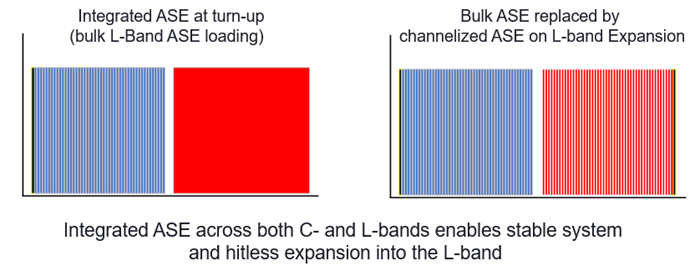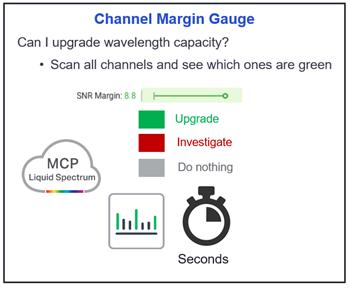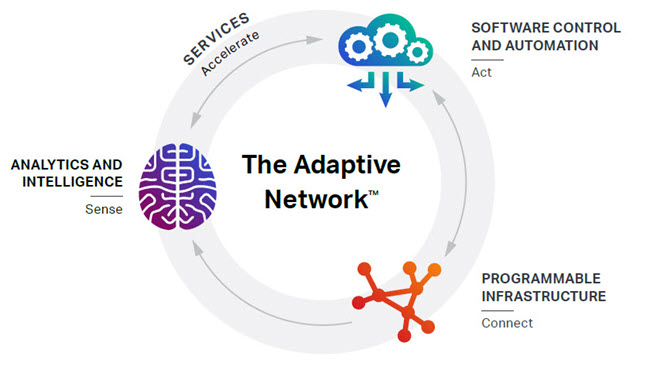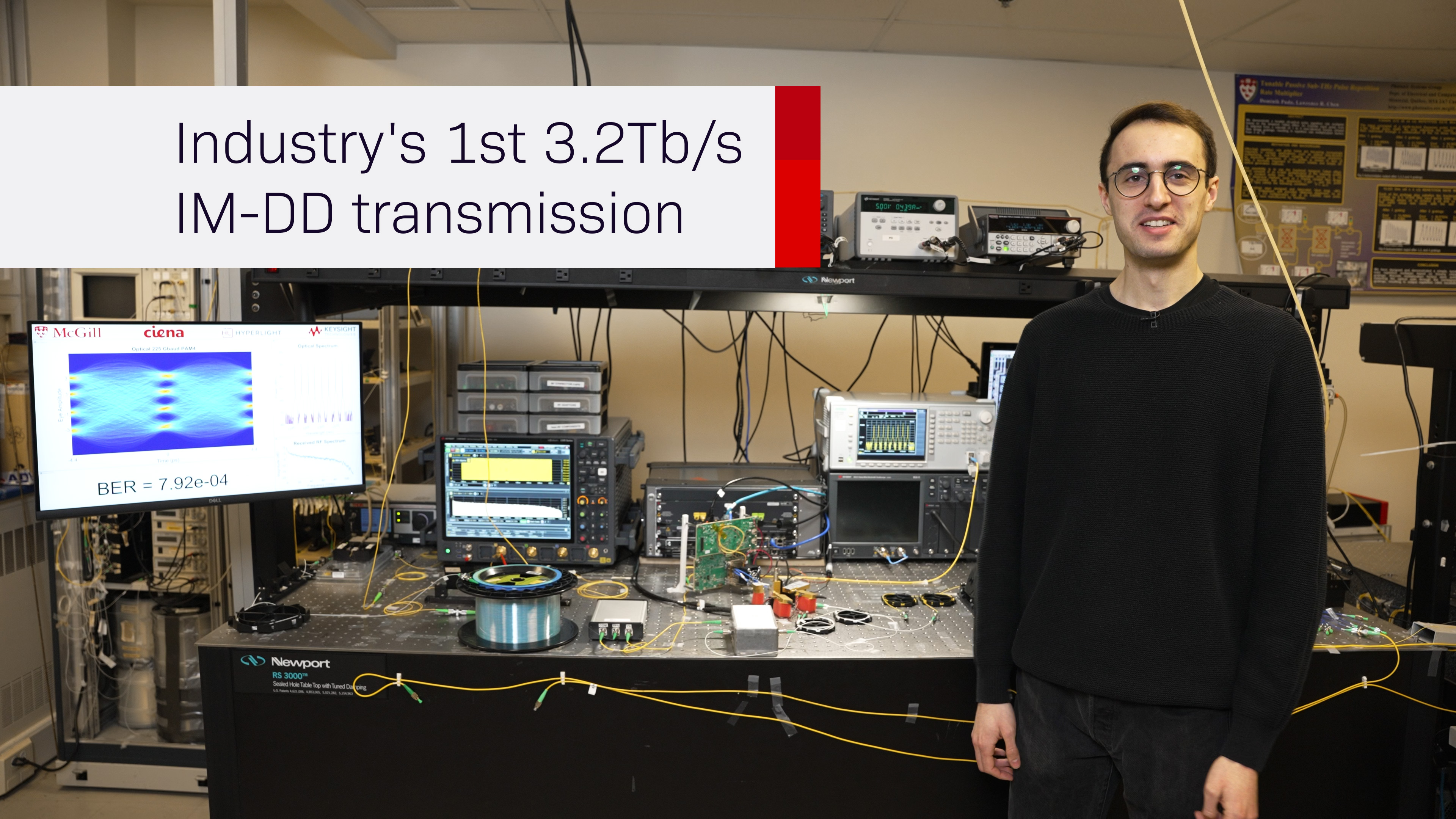How 3 technology advancements provide new options for scaling your optical network
An important question that we are hearing more and more from customers: How do I keep up with end user bandwidth demands when network traffic is growing faster than the ability to acquire new fiber?
With networks under more pressure than ever before to deliver reliable, high-speed, on-demand and global connectivity, addressing the network scalability challenge is top of mind with cable operators, service and content providers alike. Providers may have limited fiber resources, are looking to avoid costs of leasing new fiber, or in some cases are just not able to acquire fiber in specific locations. Moreover, the ability to add network capacity with minimal to no field visits is a huge competitive advantage as new customer demands can be addressed quicker, leading to a higher quality of experience for end users.
So –what is the answer on the best way to scale networks?
With technology progressing at a rapid pace in optical communications, there are actually several valid options today to efficiently scale networks with existing fiber assets, and strategic network planners can focus on one or a combination of the following approaches: new coherent optics, C&L-band photonic line system and –what may come as a surprise—advanced software analytics. Yes, you CAN gain more fiber capacity using software. In fact, we are seeing the importance of software growing in all aspects of networking.
Choice of coherent optics matters
There is a reason why the use of coherent optics is extending to more and more networking applications, moving beyond traditional terrestrial and submarine applications into the access, with the industry currently investigating the viability of bringing the technology inside the data center. The coherent modem is responsible for translating digital data into an optical signal, and the strength of the design and technology implementation will dictate its resulting performance - how much data a single modem can process and transmit per second for a particular distance, and the reach that can be achieved for a certain line rate (e.g. 400Gb/s) without regeneration. For this reason, coherent modem selection plays a key factor in scaling optical network capacity and the resulting cost/bit.
As technology evolves and we approach the Shannon limit (theoretical maximum capacity of data that can be transferred over a communications channel), what type of improvements do we expect to see with new coherent optical solutions?
 Recent field deployments with Ciena’s WaveLogic 5 Extreme, which is now commercially available and the industry’s first 800G solution, demonstrate significantly material improvements when the latest technology is used, between 30-80% increase in spectral efficiency compared to previously deployed technology (100G and higher).
Recent field deployments with Ciena’s WaveLogic 5 Extreme, which is now commercially available and the industry’s first 800G solution, demonstrate significantly material improvements when the latest technology is used, between 30-80% increase in spectral efficiency compared to previously deployed technology (100G and higher).
Comcast is the first operator to carry commercial traffic on their network with WaveLogic 5 Extreme (WL5e), across the world’s first long haul 600Gb/s wavelength, achieving a two-times increase in wavelength capacity on a mixed fiber link. Additionally, with WL5e, Comcast will be able to achieve universal 400GbE transport using a single wavelength across any location in the Comcast National Backbone network without regeneration, allowing them to scale their network at the pace of business, with less footprint, power and lower overall costs.
Doubling usable signal spectrum – the easy way
Increasing the usable signal spectrum on a fiber is another path to follow in gaining more fiber capacity. Using the L-band in addition to the C-band can double the traffic on a single fiber. Although this is not a new concept, as C+L-band systems have existed for over a decade, the use of these systems has been limited to date because of the operational complexity associated with deployments. C+L-band configurations have traditionally been complex to engineer and manually intensive and difficult to deploy, requiring site visits to upgrade equipment and engineering expertise to optimize the network for L-band wavelengths. The most severe negative consequence is that the addition of L-band channels can impact existing C-band traffic.

New photonic line system designs, such as the one implemented in Ciena’s 6500 Reconfigurable Line System (RLS), eliminate traditional challenges associated with expanding to the L-band. First, both C- and L-band components are integrated into the amplifier modules, which means no visits or changes to line amplifier sites are required when it is time to expand into the L-band. Integrated ASE (Amplified Spontaneous Emission) noise loading across both the C&L-bands implemented in the equipment enables RLS to simulate a fully filled, and very stable C&L-band system throughout its network life. When either a C- or L-band wavelength is added, ASE at that frequency simply gets replaced by the wavelength.
What does this mean for network operators? It has just become much easier to double their fiber capacity. For the first time, they can expand into the L-band with fewer site visits, a simple, predictable process for adding C- or L-band channels, and no additional planning or engineering required during hitless L-band upgrades. In other words, adding wavelengths to the L-band is just as easy as adding capacity to the C-band.
For the first time, they can expand into the L-band with fewer site visits, a simple, predictable process for adding C- or L-band channels, and no additional planning or engineering required during hitless L-band upgrades.
With the simple operational model offered with new integrated C&L-band technology, the popularity of C&L-band architectures is growing fast. As an example, Telia Carrier is upgrading their network, alongside acquiring more dark fibre, and using Ciena’s RLS C&L-band solution to expand its U.S. footprint, carry more traffic and quickly offer new cloud-based services.
The value of software
How can software and analytics help scale networks? Traditionally, out-of-date spreadsheets, best estimates and some guesswork have often been the tools used to characterize fiber spans and perform link engineering. Consequently, conservative margin numbers are selected during capacity planning to account for design errors, resulting in networks running at sub-optimal capacity. In today’s environment where granular, variable line-rate coherent transceivers are available, network operators can leverage the flexibility of coherent optics to significantly optimize capacity.
 Advanced software applications can be used to gain real-time visibility into network performance and understand areas for improvement. As an example, Ciena’s Liquid Spectrum analytics access link and signal information directly from deployed equipment, perform a time-series analysis to account for time-varying fiber degradations, let users know what margin is available for every wavelength deployed, and indicate which wavelengths can be upgraded to higher capacities to improve network efficiencies.
Advanced software applications can be used to gain real-time visibility into network performance and understand areas for improvement. As an example, Ciena’s Liquid Spectrum analytics access link and signal information directly from deployed equipment, perform a time-series analysis to account for time-varying fiber degradations, let users know what margin is available for every wavelength deployed, and indicate which wavelengths can be upgraded to higher capacities to improve network efficiencies.
Advanced software applications like Ciena’s Liquid Spectrum allow cable operators, content and service providers to change the way their networks are engineered, managed and monetized. Providers are now able to improve efficiency of existing network assets and scale their networks without additional hardware or infrastructure changes.
Bringing it all together
Technology advances across both hardware and software are changing the networking landscape, enabling the evolution to the more agile and efficient Adaptive NetworkTM. Advances in coherent optics and photonic line systems are providing the ability to deliver more capacity per optical fiber. At the same time, there is an increasing dependence on software for successful network evolution. To this end, hardware is becoming increasingly intelligent and programmable with extensive embedded monitoring points and knobs that can be adjusted for different applications. Analytics apps can now collect real-time network data and turn it into actionable insights. Lastly, intuitive user interfaces and software automation comes into play to simplify overall network operation.
Why are these hardware and software investments important? Because so many are depending on your network, today more than ever.







